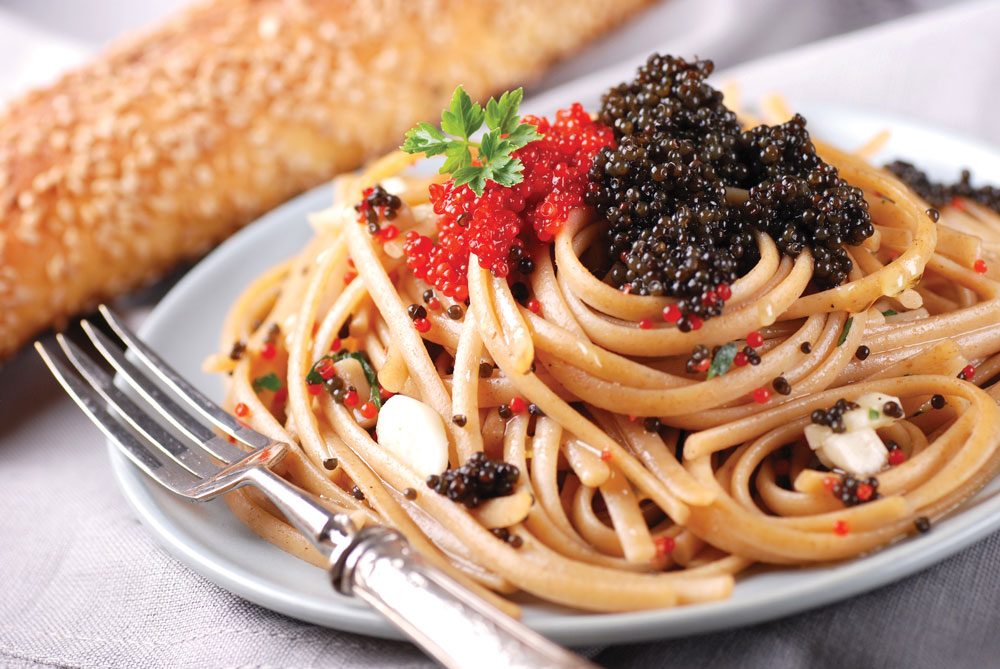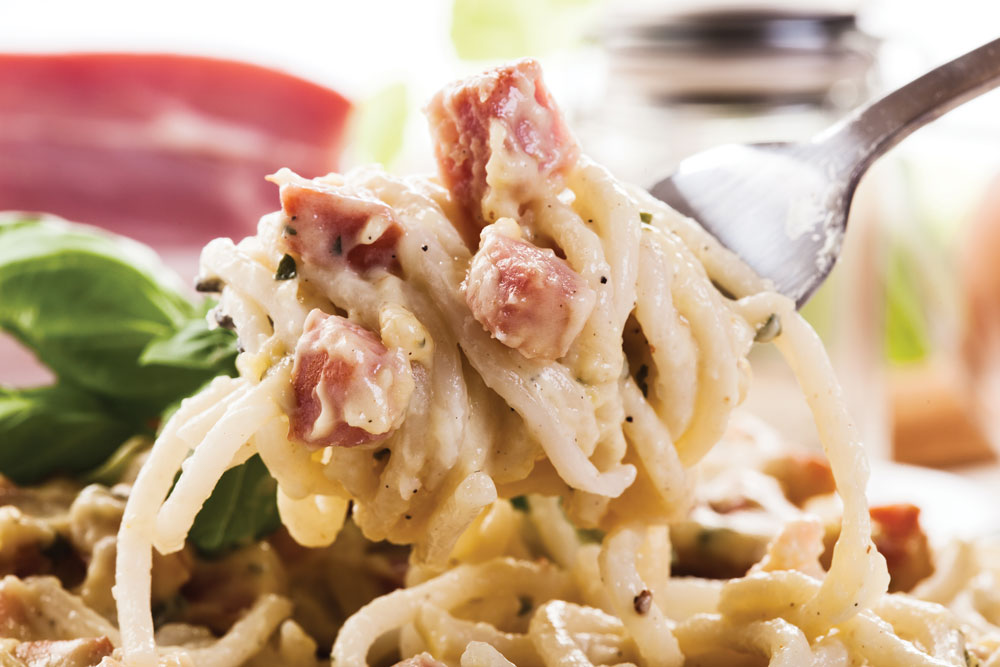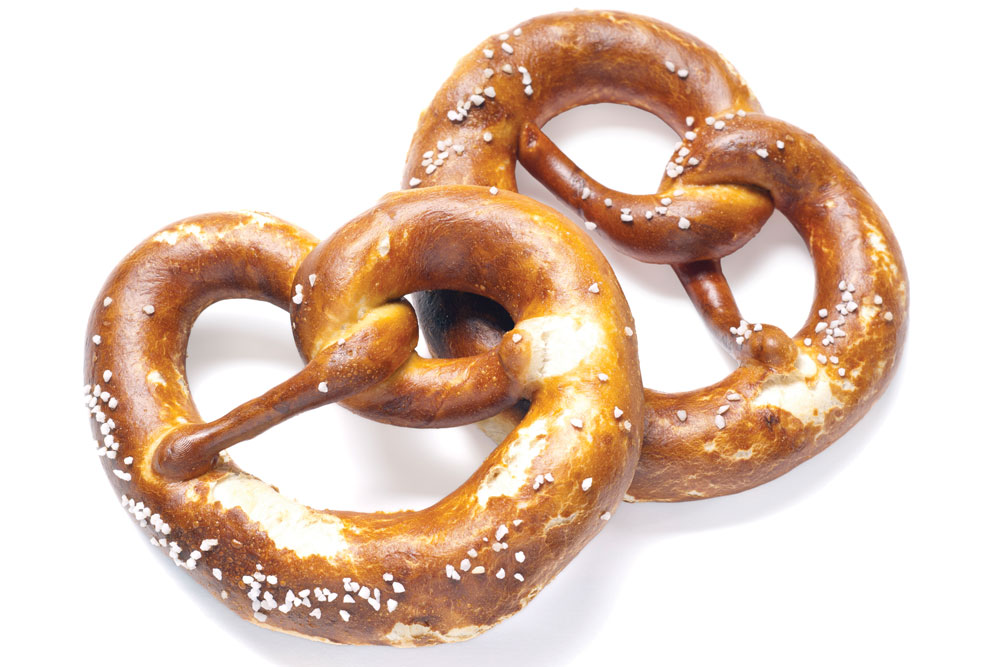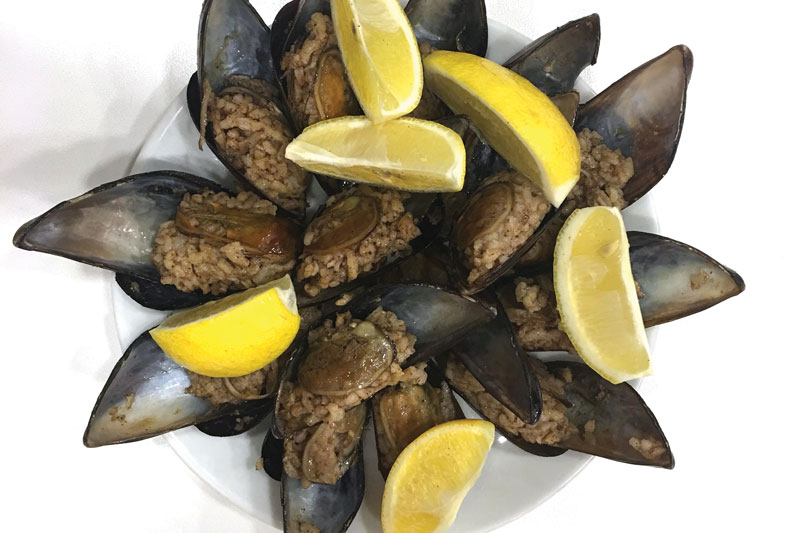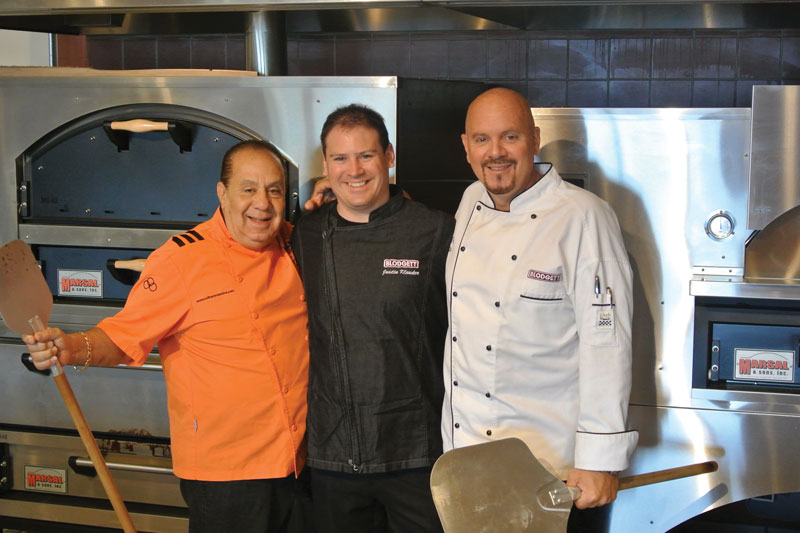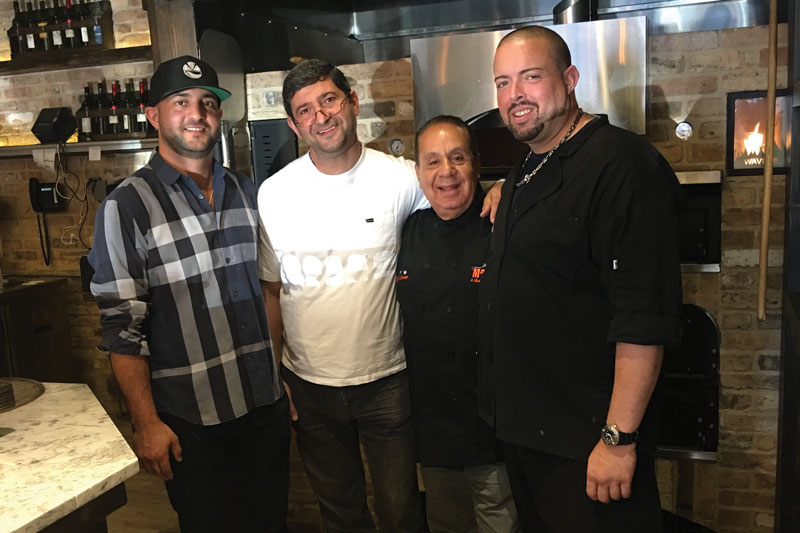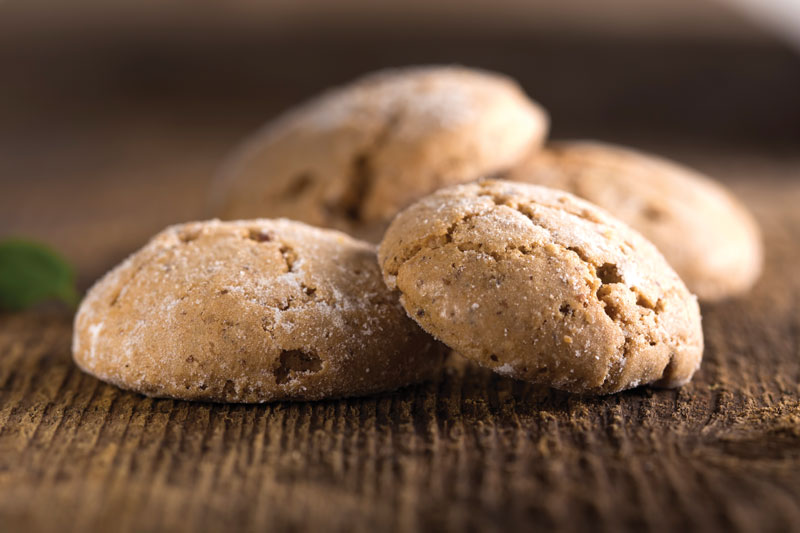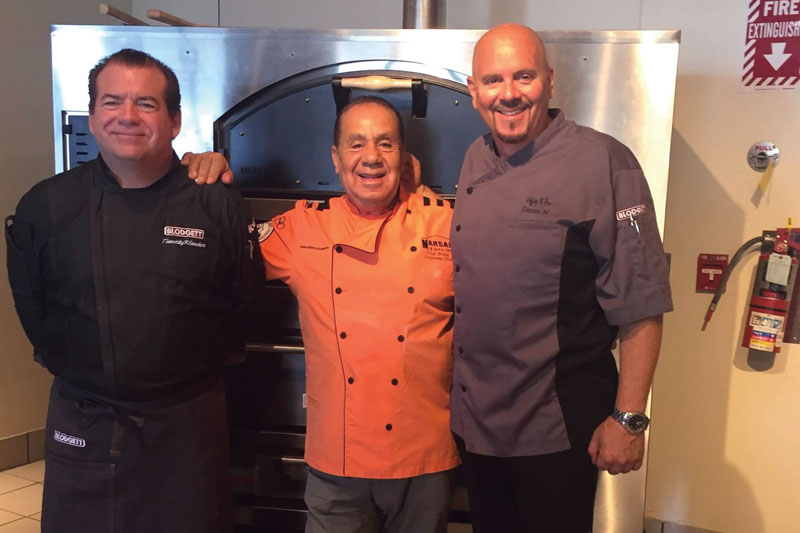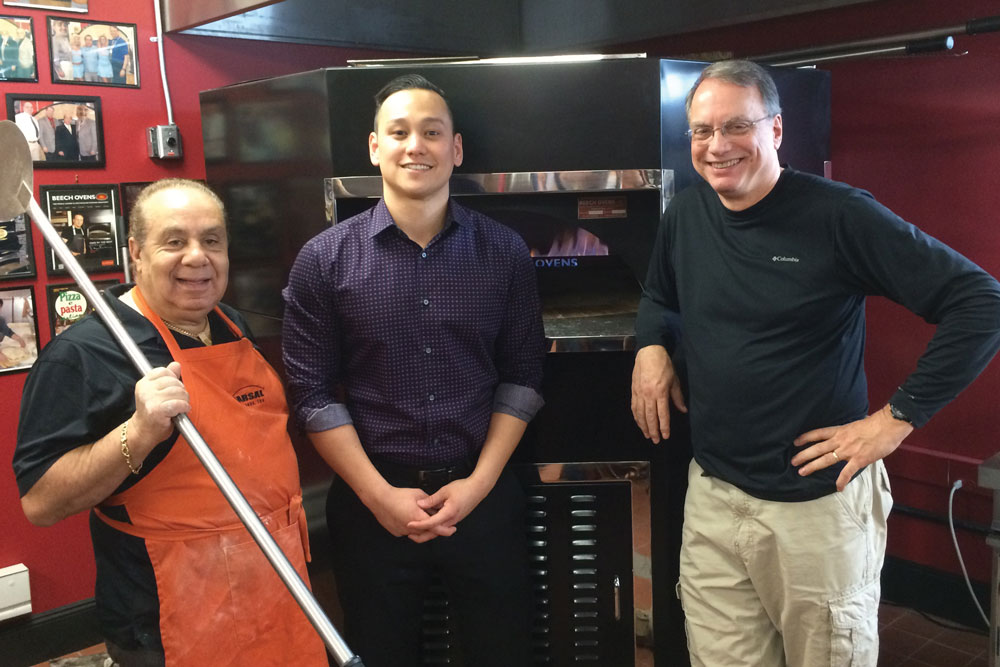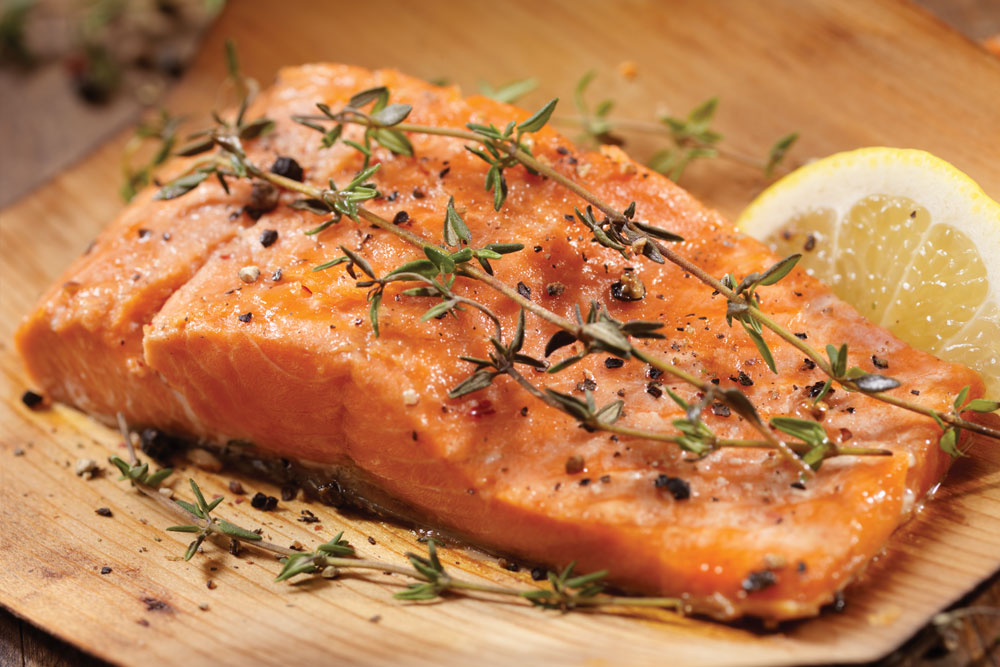As corporate chef for Marsal & Sons, I attend and work at a lot of trade shows. Not only am I cooking pizzas and showing operators how to make classic New York style pizza and doing a little on-site experimenting, I am fielding many questions.
As a result, I get a lot of feedback and ideas from operators just like you. One of the questions I hear quite often concerns making dough on the spot when the daily supply has run out. There's always the concern, or problem of the yeast not having time to activate. Not only is this a question, there are many questions concerning the different types of yeast. For those of you that aren't too familiar on how to use fresh or dry yeast, there is a lot to know.
There are some tricks and tips I have learned over the years that may be some help here. Not only does yeast feed on sugar, but it can feed on other substances too. For example, one day I was running low on dough in my shop and needed fresh dough immediately. We've all been there at some point and know this can be nearly impossible. I have some family members in Italy who also own restaurants and they taught me a trick to get around this problem. They taught me that the best and quickest way to feed the dry yeast is by using the water from boiled potatoes. You are probably wondering what I am talking about at this point. Try this next time you are out of dough and are in a bind. Boil some peeled and cleaned potatoes, let the water cool and add the water from the potatoes to the dough. For this process, you are simply replacing the regular water you normally use with the potato solution. When using this method, use the potato water at the same temperature you normally use. The yeast will feed off the potato water, which is loaded with starch and sugar, and will keep the yeast alive and activate it faster. Also, another trick is by boiling carrots and use the carrot water at room temperature. This works because the carrots release sugar into the water when you boil them, which feeds the yeast. As with the potato water, use this carrot water solution as a replacement for your normal amount of water and at the same temperature of normal water. This will also enhance flavor and give the dough a quicker rise. For breadmakers, this is an old and time-honored way of making bread and one that is still used by some baking artisans.
Both of these methods are also great choices for making frozen doughs. Why? Because the starch from the potatoes doesn't die out and remains active in the mixture. Remember that Rome wasn't built in a day. As with all new methods, you have to practice and experiment. Trial and error is the best way to perfect this trick. As I said before, you can find me at just about any trade show. If you have a question, please feel free to drop by and let's see if we can come up with a solution. These are tips I enjoy sharing with my readers. Until next time – Ciao.




